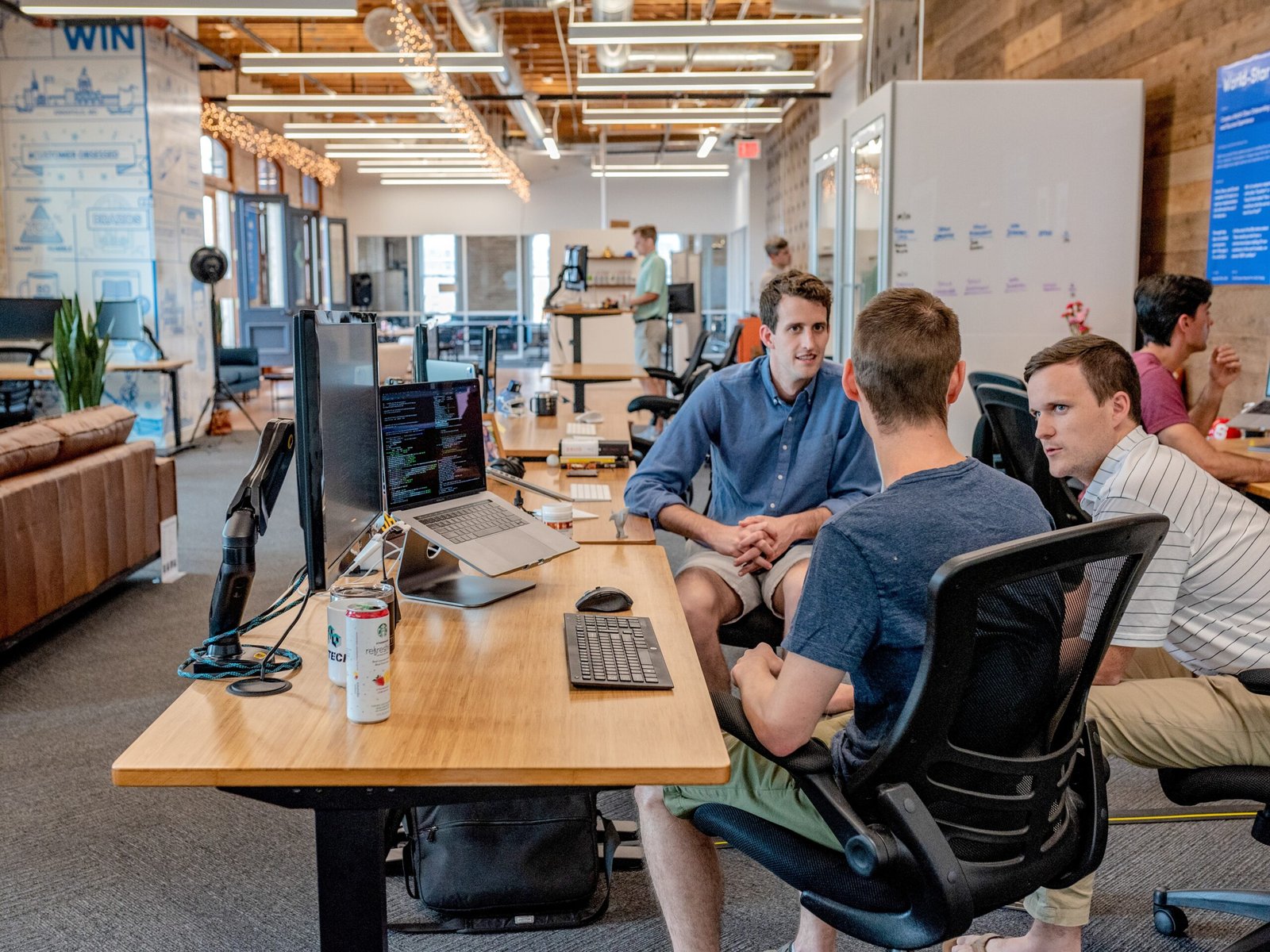
Introduction
In the ever-evolving world of design, the job market is a dynamic landscape filled with opportunities for creative individuals. Designers play a crucial role in shaping the way we interact with products, services, and experiences. However, the design industry is not without its challenges. This article aims to explore the realm of designer jobs, highlighting how designers can innovate amidst the constraints they face.
1. Embracing Constraints as Catalysts for Innovation
Constraints are an inherent part of the design process. Whether it’s limited resources, tight timelines, or specific client requirements, designers often find themselves working within boundaries. Instead of viewing constraints as obstacles, designers can harness them as catalysts for innovation. By embracing constraints, designers are forced to think outside the box, finding creative solutions that push the boundaries of what is possible.
2. Adapting to Evolving Design Trends
The design industry is constantly evolving, with new trends and technologies shaping the way we approach design. As a designer, it is essential to stay up-to-date with these trends and adapt accordingly. From user-centered design to minimalist aesthetics, designers must be able to incorporate the latest trends into their work while maintaining their unique style and vision.
3. Developing Essential Skills for Contemporary Design Jobs
Designers today need to possess a diverse skill set to thrive in the competitive job market. Beyond creativity and technical proficiency, designers should also focus on developing skills such as communication, collaboration, and problem-solving. These skills are crucial for working effectively in interdisciplinary teams and delivering successful design solutions.
4. Navigating the Business Side of Design
Design is not just about aesthetics; it is also about solving problems and creating value for businesses. As a designer, understanding the business side of design is essential. From project management to budgeting, designers should have a solid understanding of how their work contributes to the overall success of a project or organization.
5. Acing Job Interviews: Tips for Success
Securing a designer job often involves going through a rigorous interview process. To stand out from the competition, designers should prepare themselves by showcasing their portfolio, highlighting their relevant experience, and demonstrating their problem-solving abilities. Additionally, being able to effectively communicate their design process and passion for the field is crucial in leaving a lasting impression on potential employers.
Conclusion
Designer jobs offer a world of possibilities for those with a passion for creativity and innovation. By embracing constraints, staying updated with design trends, developing essential skills, understanding the business side of design, and acing job interviews, designers can navigate the multifaceted job market with confidence. Remember, innovation thrives amidst constraints, and designers have the power to shape the future of design.
So, if you’re a designer seeking new opportunities, don’t be discouraged by the constraints you may encounter. Instead, let them inspire you to think differently, push boundaries, and create groundbreaking designs that leave a lasting impact.